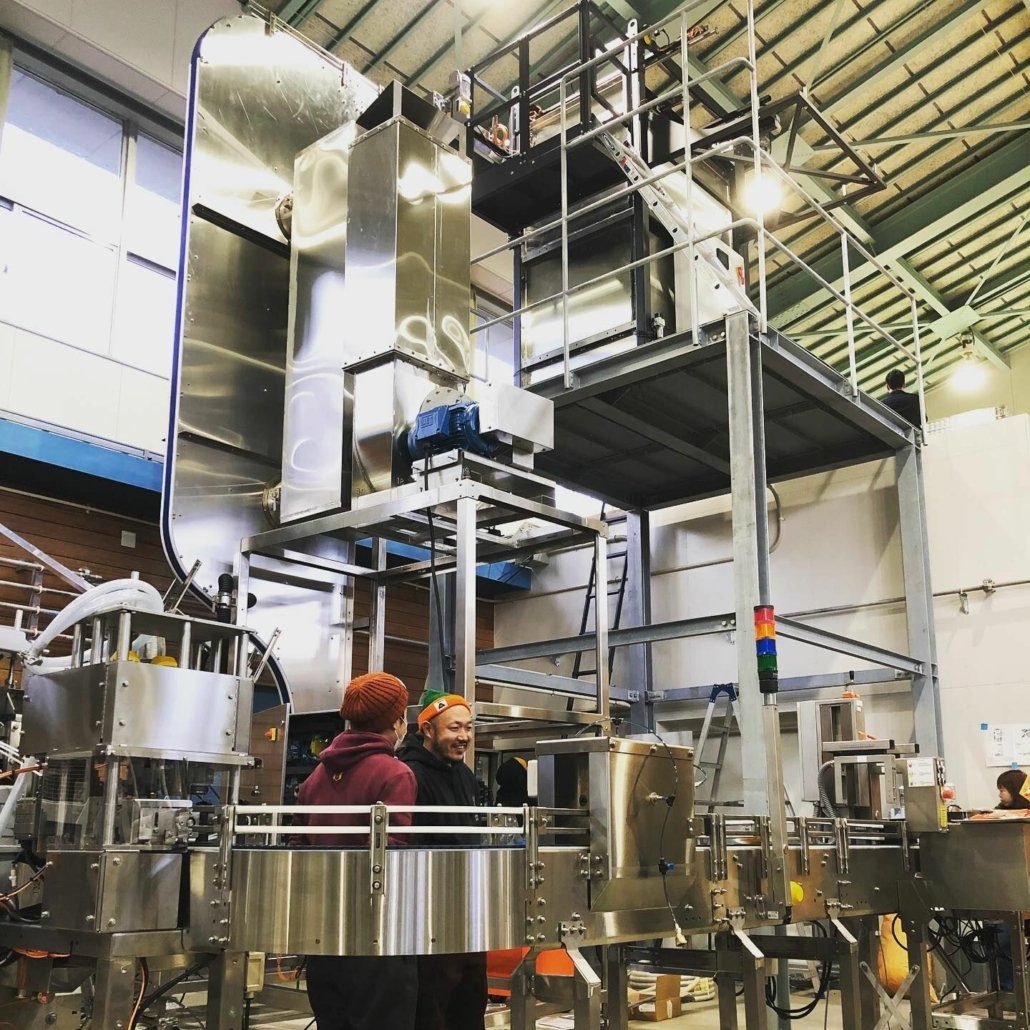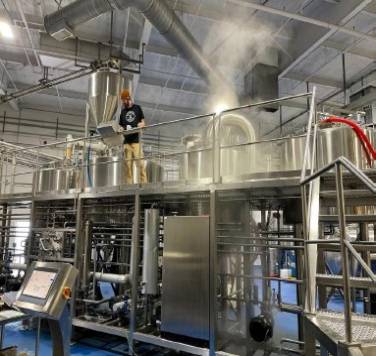Commercial Beer Brewing Equipment
Commercial Beer Brewing Equipment: Your Complete Guide
Overview of Commercial Beer Brewing Equipment
The commercial beer brewing industry has flourished, especially with the rise of craft breweries, each one distinctively aiming to create unique flavors that stand out. With this trend, the demand for high-quality brewing equipment has surged, presenting buyers with more options, innovations, and customizations. However, brewing equipment selection can get technical, from the size of fermenters to the capacity of kettles. The investment you make here is crucial, and it’s no wonder many brewers compare it to buying a car or even a house. You need equipment that not only fits your immediate needs but also provides room to grow as demand rises.

Guide to Key Types of Commercial Beer Brewing Equipment
Each type of equipment serves a distinct role in the brewing process. From large mash tuns where the grain meets the water, to specialized fermentation tanks where the beer flavors develop, every piece plays a part in creating your final product. Here’s a rundown of the most critical brewing equipment:
- Mash Tuns: The mash tun is where brewing begins, converting starches to sugars, setting the tone for the beer’s flavor profile.
- Brew Kettles: This is where the wort is boiled, allowing ingredients to meld and preparing it for fermentation.
- Fermenters: After boiling, the liquid moves into the fermenter, where it’s cooled and yeast is added. Here, the wort finally becomes beer.
- Conditioning Tanks: Once fermentation is complete, the beer conditions in these tanks, allowing flavors to mature.
- Filtration Equipment: To produce a clear, refined beer, filtration equipment removes solids and impurities.
Each of these types has variations in size, materials, and technology, from advanced stainless steel options to custom-designed tanks.
Equipment Overview: Types, Features, and Uses
| Equipment Type | Description | Primary Uses |
|---|---|---|
| Mash Tuns | Vessels where hot water and malt combine, activating enzymes to convert starches to sugars. | Converts starches, sets initial flavor tone. |
| Brew Kettles | Boils the wort, allowing chemical reactions and flavoring to occur. | Prepares wort for fermentation. |
| Fermenters | Specialized tanks where yeast is added, and beer develops. | Key for fermentation, controls alcohol content. |
| Conditioning Tanks | Maturation tanks where flavors develop and settle. | Allows flavors to deepen and stabilize. |
| Filtration Equipment | Filters out solids, impurities, and sediments. | Ensures clarity and purity in the final product. |
Step-by-Step Commercial Brewing Process: Role of Equipment
Brewing beer commercially involves a sequence of precise steps where each piece of equipment plays a crucial role. Here’s a quick walkthrough:
- Mashing
The process starts with the mash tun, where hot water and milled grain mix, allowing enzymes to break down starches into fermentable sugars. This equipment needs to withstand high heat and have temperature control to ensure efficiency. - Lautering and Sparging
Here, wort separation occurs, separating the liquid from the grain husks. Lauter tuns are crucial for this step, with false bottoms allowing liquid to pass while retaining the grain. - Boiling
The brew kettle now takes over, boiling the wort and adding hops. Boiling not only extracts flavors from the hops but also sterilizes the wort. The brew kettle needs to be designed for easy transfer of liquids and temperature control. - Fermentation
After boiling, the wort is rapidly cooled and transferred into fermenters. Yeast is added, and the fermentation process begins. This phase is where alcohol and CO2 are produced, and the flavor profile finalizes. - Conditioning and Maturation
After primary fermentation, beer is transferred to conditioning tanks, allowing flavors to stabilize and carbonation to adjust. - Packaging
Packaging systems prepare beer for bottling, kegging, or canning. Quality packaging equipment can sustain the freshness and prevent spoilage.
Table of Equipment Sizes, Capacity, Layout, and Customization Options
| Equipment | Size Range | Capacity | Space Requirements | Customization Options |
|---|---|---|---|---|
| Mash Tuns | 5 to 60 barrels | 120 to 2,500 gallons per batch | Requires spacious, ventilated area | Insulation, advanced control systems |
| Brew Kettles | 5 to 60 barrels | 120 to 2,500 gallons per batch | High-ceiling space, large drains | Heating options, double-wall |
| Fermentation Tanks | 5 to 100 barrels | 120 to 3,000 gallons per batch | Vertical space, cool area | Adjustable temperature control |
| Conditioning Tanks | 5 to 100 barrels | Similar to fermenters | Same as fermentation requirements | Custom pressure controls |
| Filtration Units | 20 to 500 square feet | – | Compact; near fermenters or tanks | Multiple filter types |

FAQ
| Question | Answer |
|---|---|
| What is the average cost for commercial brewing equipment? | Prices vary widely, starting from $50,000 for smaller systems to over $1 million for large-scale setups. |
| How much space is needed for a commercial brewery? | Small breweries may need 1,500 sq ft, while large facilities need 10,000+ sq ft. |
| What is the typical lifespan of brewing equipment? | With proper maintenance, equipment can last 10-30 years. |
| Can I customize brewing equipment? | Yes, many manufacturers offer custom features like insulation, cooling, etc. |
Share this entry
Interested in learning more about Brewing Systems including additional details and pricing information? Please use the form below to contact us!
YOLONG BREWERY EQUIPMENT FAQS
- Commercial Brewery / Craft Brewery / Microbrewery / Nanobrewery
- What is The Difference Between Craft Beer and Industrial Beer?
- The Bespoke Differences In Custom Brewing Systems
- Everything You Need to Know About Kettle Souring
- How to Choose Brewing Equipment for Your business?
- How To Choose The-Best Partner To Build Your Commercial Microbrewing System?
- Two Detection Sensors That You Need To Use In Your Brewhouse System
- Remote Control Applications in Brewing Equipment/How does it work?
- How To Clean Your Brand New Brewery Tanks?

